It’s no secret that Orlando Florida’s World Wide Corals is a hotspot of aquarium coral diversity, which is part of the reason we jump on every opportunity to visit. Last weekend we were fortunate enough to be present for the Grand Opening of the new Worldwide Corals flagship superstore and it didn’t take long for us to reach a high level of coral super-saturation.
There’s plenty of high-profile corals, strains and polyps that get a disproportionate amount of air time, only the cream rises to the top, which it’s nice to scan the WWC collection to see what grabs our attention in real life. There were countless corals, frags, & colonies that made us stop and go “Wow” but we wanted to share with you five corals that really deserve a spotlight. Some of them are well known, some are classics, and others are completely novel, yet to be introduced while they grow and propagate at the coral farm.
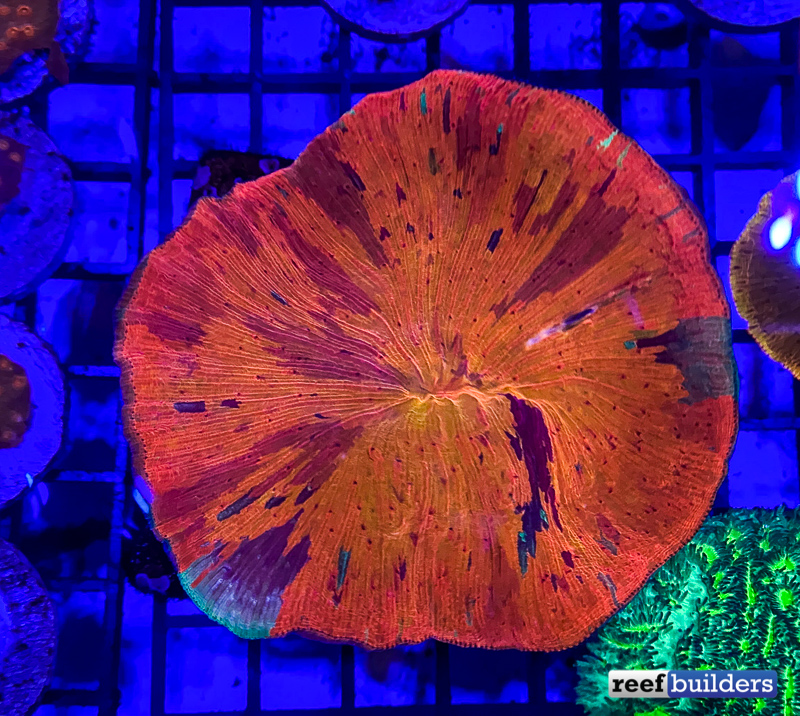
Diablo Diaseris – This species of Diaseris (Cycloseris) is a very unique original coral strain that WWC has been growing out for over four years. A staple of the various displays at Worldwide, the Diablo Diaseris is normally a red disc coral which starts out encrusting and eventually turns into mostly plating. Interestingly, this large, developed corallite of the Diablo has morphed to be mostly orange, with beautiful, random splashes of color throughout the polyp.
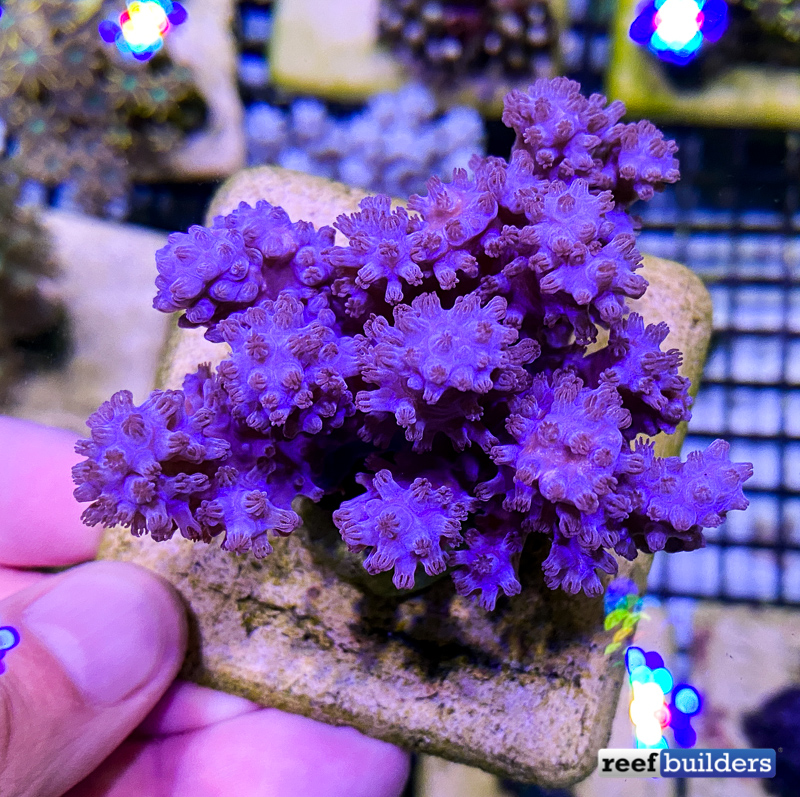
Blue & Pink ‘Cespitularia’ – There’s plenty of Cespitularia strains that have been grown in the reef aquarium hobby for some time now, and even some wild colonies being imported from Australia and East Africa. We have several of these strains in our own tanks but a couple of colonies at the Worldwide Corals Farm caught our attention for having very different shape and appearance. With unusually short polyps that hardly extend from the stubby branches, the specific shade of blue and purple are the only affirmation we have that these two corals are definitely a Xeniid, probably a Cespitularia, and certainly very interesting.
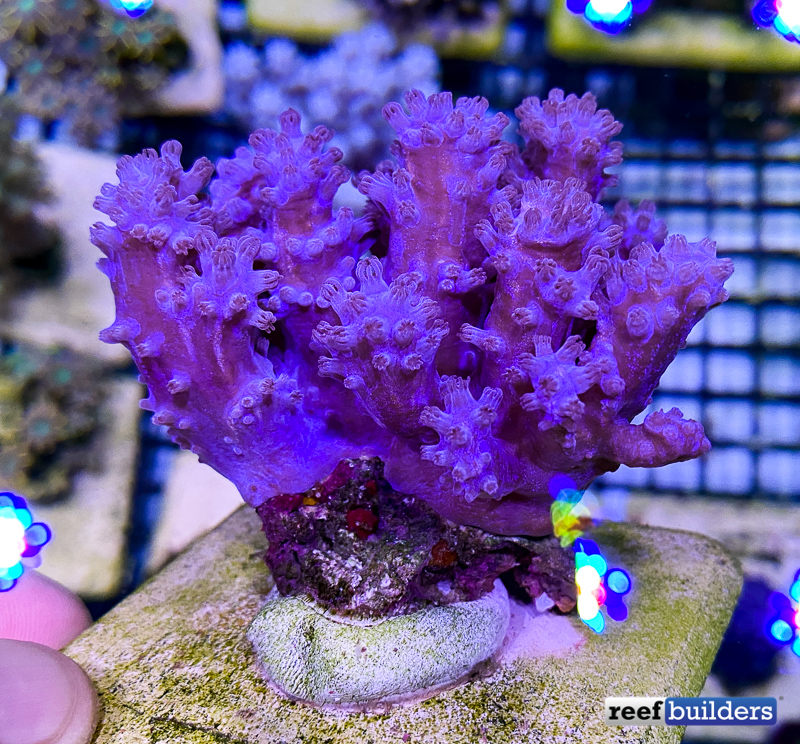
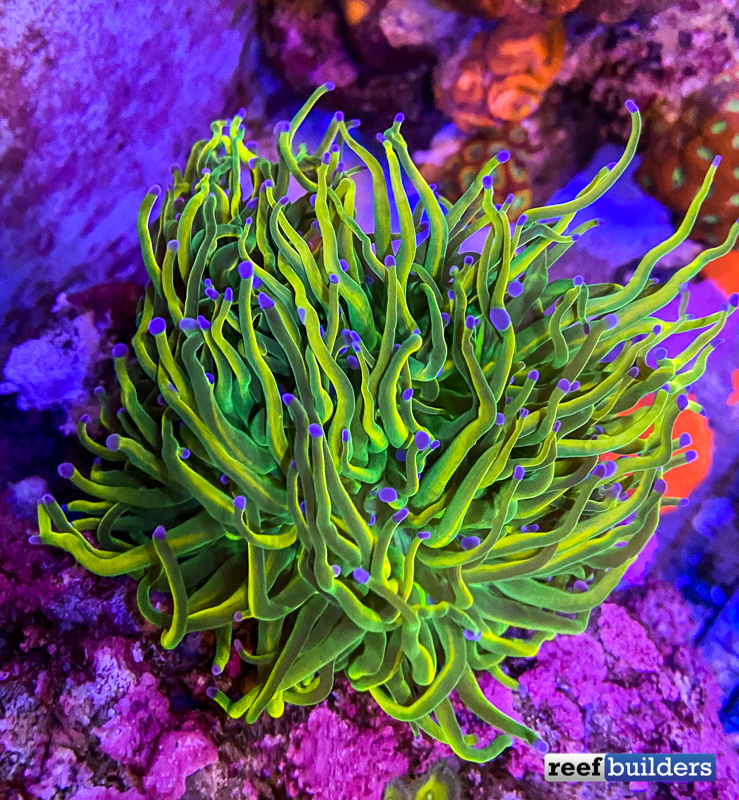
Holy Grail Torch – There are holy grail torches and then there are Holy Grails with capital HG. As much as we try to mostly ignore the coral hype that has inflated trendy corals like our old friend Euphyllia glabrescens, it’s unwise to ignore an exquisite specimen of flowing neon green and fluorescent yellow tentacles of this LPS coral. If the current stratospheric price of Glabs is too rich for your budget, find comfort in knowing that all torch corals grow quite quickly, so it’s only a matter of time until torch coral supply catches up to demand, even if Holy Grail torches take a while to get more reasonable in value.
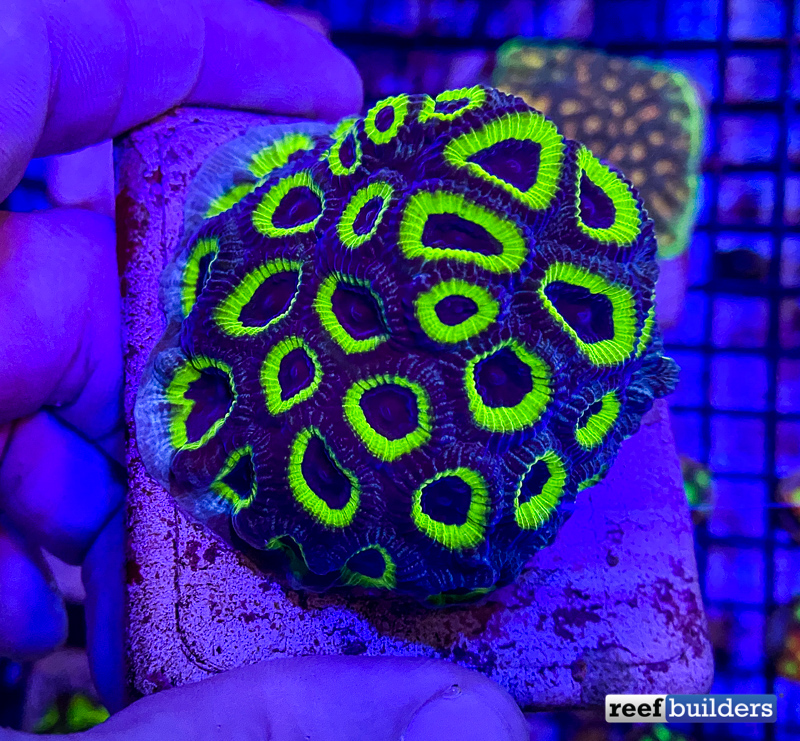
Purple People Eater Favia – The PPE Favia is not exactly new, but its appearance can range wildly from ho-hum and forgettable to downright mind-bending. Even after seeing it around for years, spotting a picture perfect example in WWC’s coral broodstock tanks still does it for us every time. Several years back we featured a spread of fluorescent corals from WWC’s first coral farm and it’s nice to see that this is still an attention grabber that everyone should be on the lookout for.
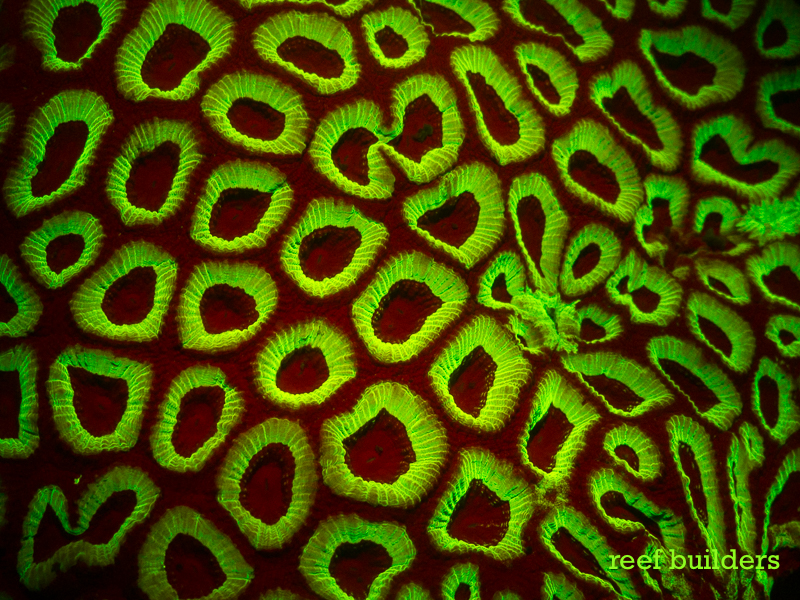
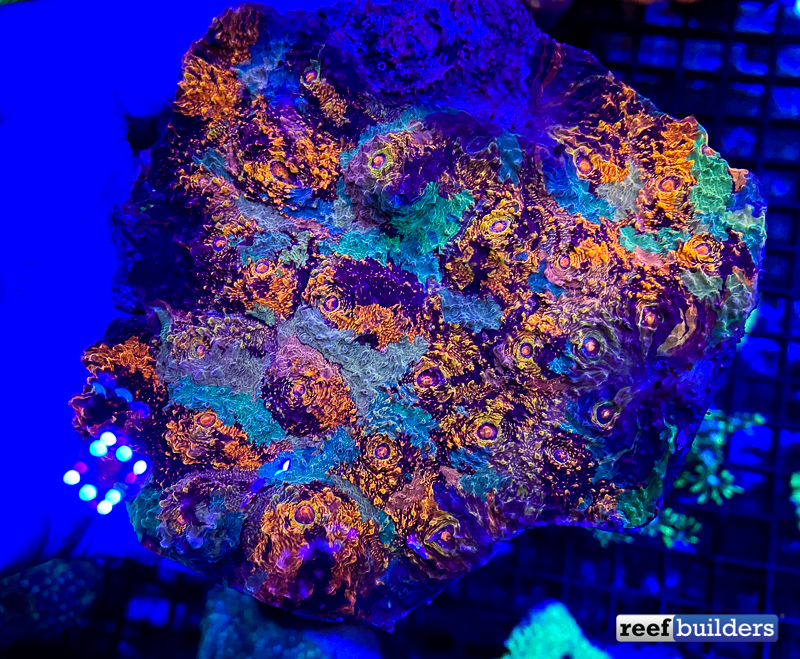
Bose-Einstein Condensate Chalice – The Bose-Einstein Condensate Chalice coral or BEC for short is a new wild coral recently added to the expansive broodstock tanks at the WWC farm. Unlike so many rainbow and melting pot style chalice coral, the Bose-Einstein Condensate has a network of pink purple, green and blue splashes that is periodically disrupted by a sensational patchy orange color and pattern.
In some areas the mouths are small and light pink and if you don’t look closely, the BEC almost resembles the color and pattern of some patchwork Acanthastrea echinatas. Since the Bose-Einstein Condensate Chalice coral is still a fairly fresh wild coral we’re excited to see what this one will do with an extended period of cooking under intense blue light, and how it’ll grow as a reef aquarium coral over time.


